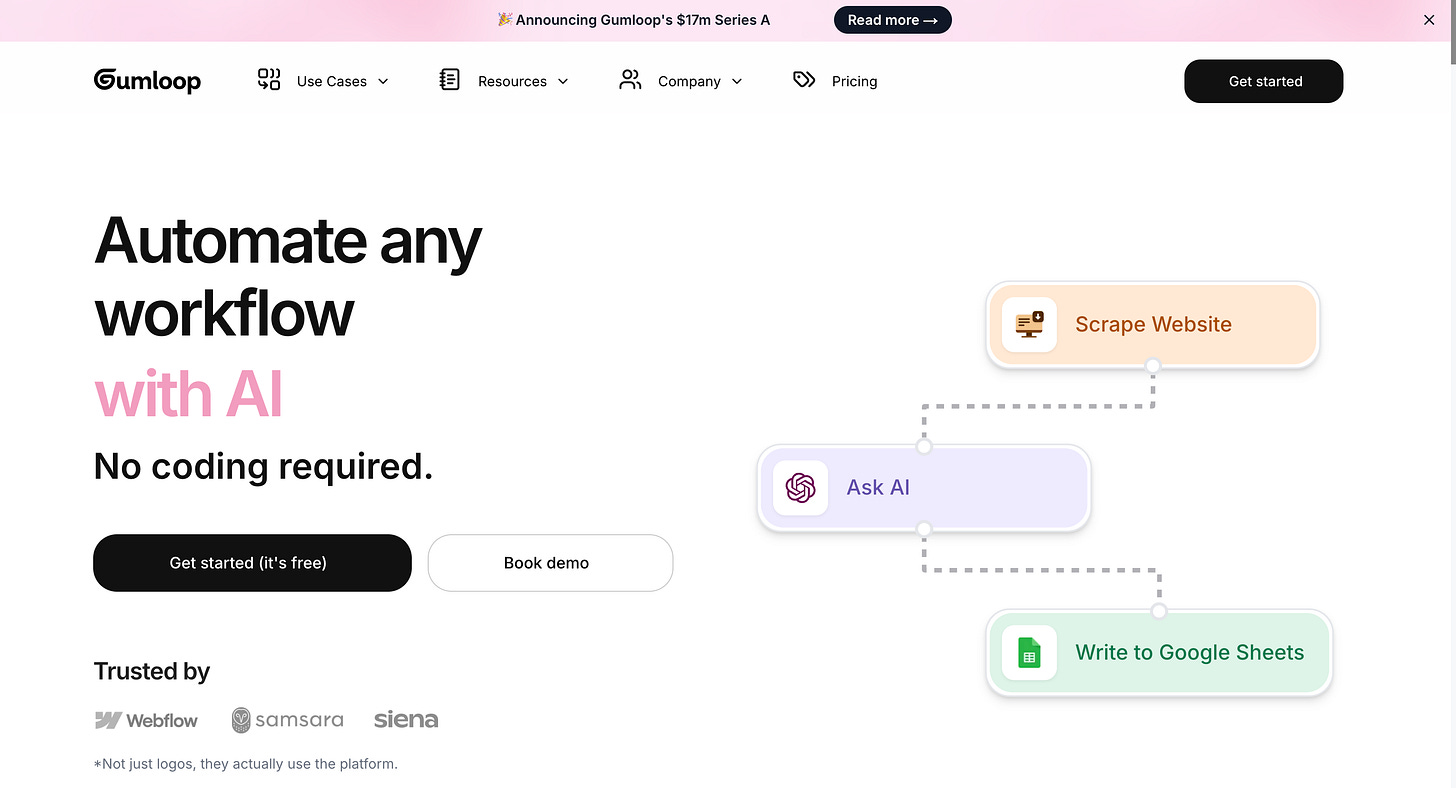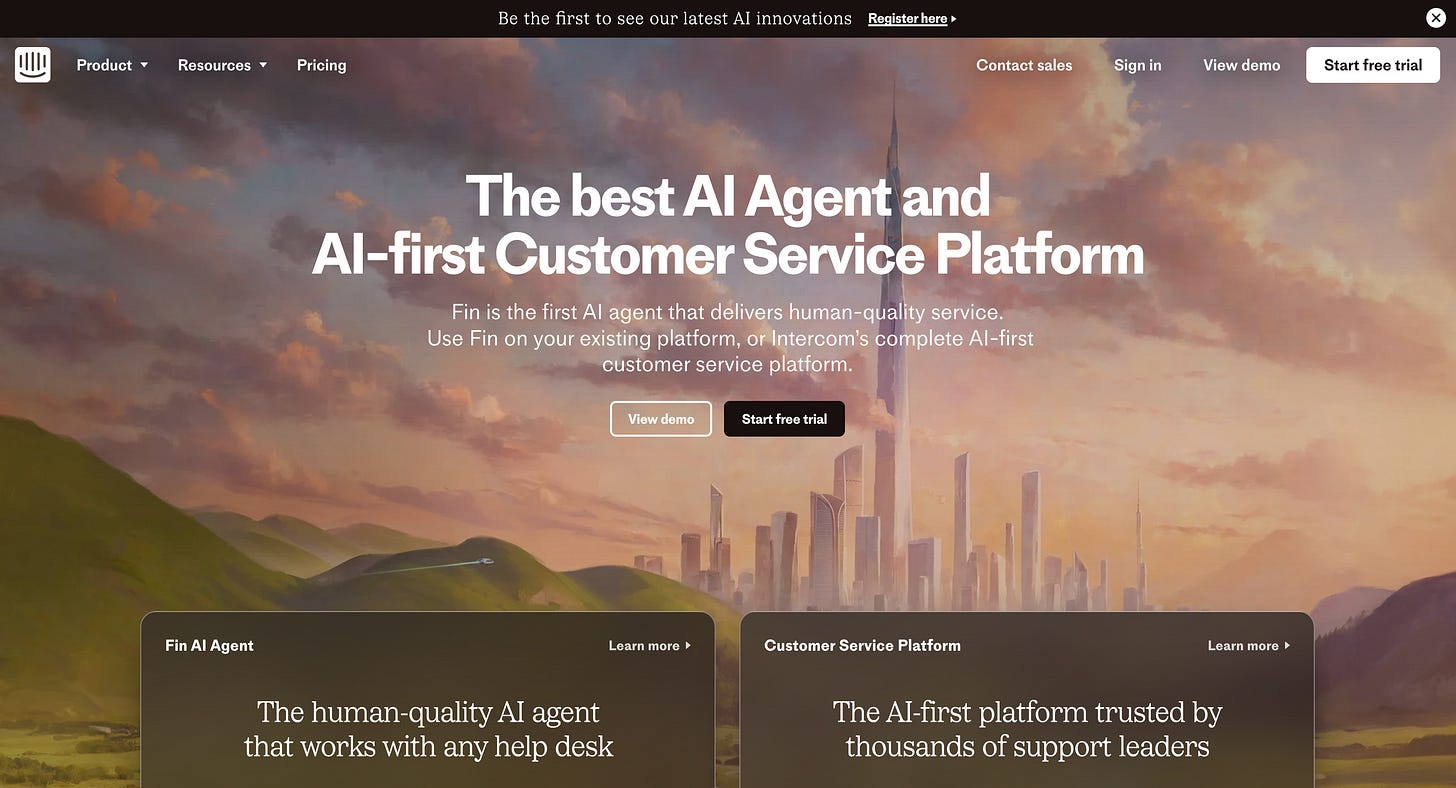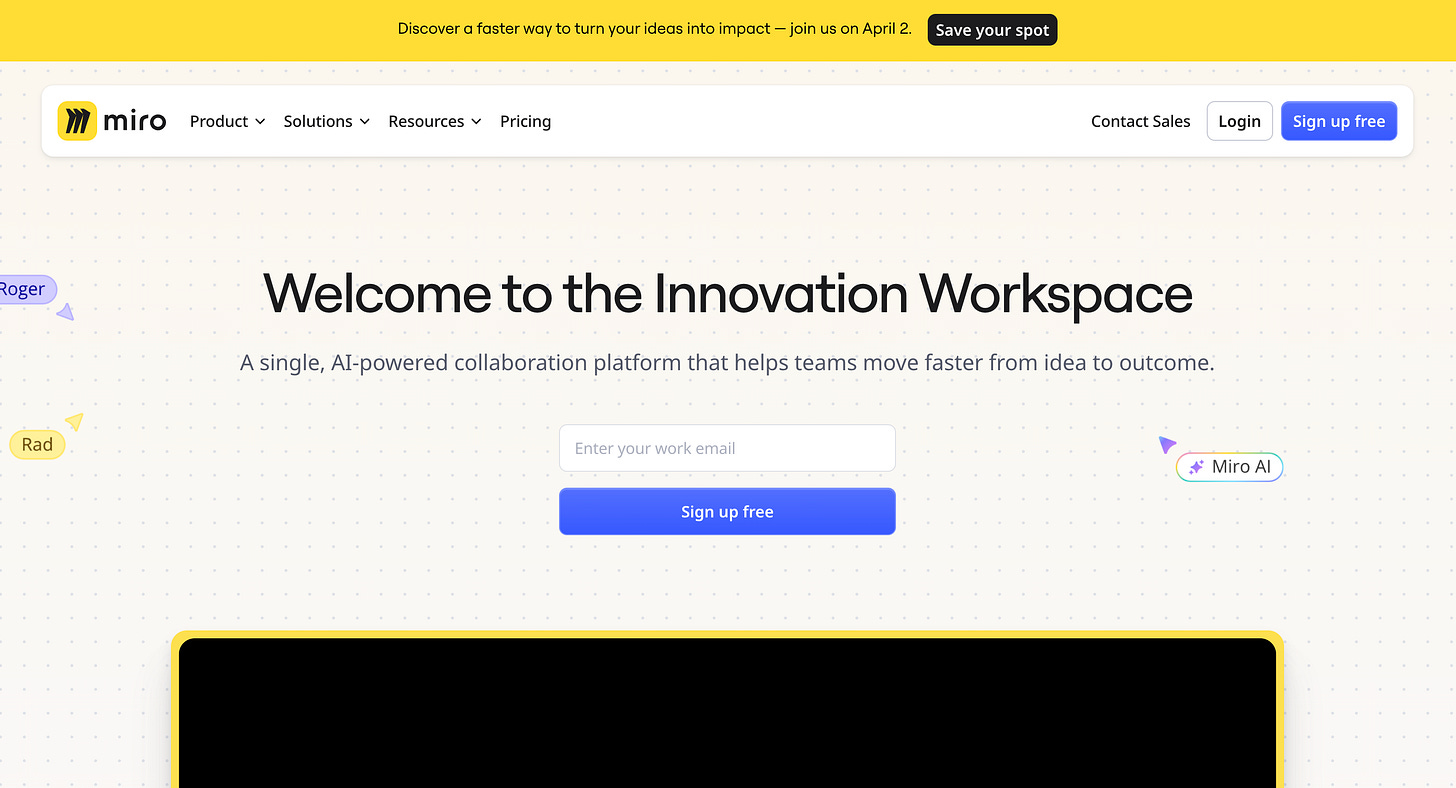Issue 7: Onboarding – How to Guide Users to Success
This is the free edition of Launch is Ready, published every two weeks on Wednesdays.
Do you ever start onboarding for a product, only to drop off halfway through?
Every now and then, I sign up for a product I am excited about, only to drop off halfway through the onboarding. Sometimes it is because there are too many steps. Other times, I get distracted, and by the time I return, I have lost interest or even forgotten why I signed up in the first place.
This is a problem. If I feel this way, I know others do too. When you create an onboarding flow, you want to make sure that users experience value before they lose momentum.
Do not assume users will complete everything at once but guide them towards progress while adapting to where they are in the process.
Today, I am breaking down three onboarding experiences that get this right, along with a framework you can use to rethink your own approach.
What Makes Great Onboarding?
Before we dive into the examples, let’s define what makes an onboarding flow effective. The best ones do three things:
Remove friction – They make it easy to get started without overwhelming users.
Guide users to their first success – They help users experience real value quickly.
Encourage deeper engagement – They introduce more advanced features gradually when users need them.
Now, let’s look at how three companies approach this.
1. Gumloop: Helping Users Find the Right Use Case
Gumloop makes onboarding feel effortless by guiding users based on their needs instead of assuming they already know what to do.
What They Do Well:
Ask users about their goals and customize onboarding accordingly.
Let users test the product before asking for their email.
Provide step-by-step instructions to help users launch their first AI agent.
Use gamification with checklists, credits, and status bars to keep engagement high.
Offer a library of templates to help users get started quickly.
Many AI tools struggle because users do not know how to apply them to their work. Gumloop solves this by removing uncertainty and making early progress easy.
What You Can Learn:
Guide users based on their intent rather than making them figure it out alone.
Let users interact with the product before committing.
Use checklists and incentives to keep users engaged.
2. Intercom: Using Their Own Tools to Onboard
Intercom has built its business on helping companies improve customer interactions, and they apply the same approach to their own onboarding.
What They Do Well:
Use automated chat messages to guide users instead of static walkthroughs.
Provide interactive checklists that encourage users to complete key steps.
Adapt onboarding based on what users have already done to prevent repetition.
By using their own messaging system, Intercom keeps onboarding dynamic and personalized while also showing users the value of their product in action.
What You Can Learn:
If your product can improve onboarding, use it yourself to demonstrate its effectiveness.
Adapt the onboarding flow based on user progress instead of sending generic instructions.
Break onboarding into small, achievable tasks rather than overwhelming users upfront.
3. Miro: Getting to the Aha Moment Fast
Miro focuses on getting new users to a moment of insight as quickly as possible. Their onboarding is built to help users experience the product’s value without unnecessary setup.
What They Do Well:
Encourage users to interact with the interface immediately rather than watch a tutorial.
Highlight the most common use cases to help users see how Miro can fit into their workflow.
Prompt users to invite teammates early to reinforce its collaborative features.
Instead of overwhelming users with features, Miro helps them feel the value of the product within minutes.
What You Can Learn:
Focus on guiding users toward their first meaningful success rather than explaining everything upfront.
Encourage hands-on learning instead of relying on passive walkthroughs.
If collaboration is key to your product, get users to invite teammates early.
Rethinking Onboarding Beyond the First Session
Onboarding does not end after a user logs in for the first time. Two things I often notice when signing up for products:
Many onboarding flows assume users will complete everything in one sitting.
I sign up for a lot of products, and most of the time, I do not finish the onboarding. Then, when I actually need the product later, I find myself stuck with a long list of setup tasks that feel like a chore. Worse, I sometimes forget I even signed up in the first place.
Instead of treating onboarding as a one-time flow, products can use dynamic onboarding sequences to adjust based on what a user has already done. For example, Intercom allows you to create different onboarding paths depending on what steps a user has completed. This means follow-up emails are personalized and only suggest the next relevant action.
Some products require a lot of manual setup, and without human guidance, users give up.
For products that involve complex integrations or team-wide adoption, self-serve onboarding is not enough. If users have to do significant manual work before they can experience value, they might give up before they even get started. This is especially true for larger customers, who expect a higher level of support.
Adding human touchpoints at key moments can make a huge difference. Whether it is a check-in email, an onboarding call, or a guided setup session, proactive support can prevent users from abandoning the process.
That said, human support is a limited resource. Instead of adding calls and chats at every step, identify where users are most likely to drop off and focus human assistance there. If a small percentage of users struggle with integration, offer hands-on help for them rather than applying the same approach to everyone.
A Simple Framework for Better Onboarding
If you want to improve your onboarding, here is a simple way to structure it:
Define the first success moment for users. Identify the smallest action that makes them feel they are getting value.
Make that moment happen as fast as possible. Remove unnecessary steps and friction.
Adjust onboarding based on user progress. Do not assume every user will complete everything in one go.
Add human support where it matters. If your product requires manual setup, ensure users feel guided rather than left to figure it out alone.
Final Thoughts
Onboarding is about guiding users to their first success as quickly and smoothly as possible. The best experiences are designed with intention, ensuring that users are not left guessing what to do next.
Gumloop personalizes onboarding so users start with a clear sense of direction. Intercom keeps the process interactive and responsive to user behavior. Miro prioritizes engagement, ensuring users immediately experience the value of the product rather than just being shown its features.
If users are dropping off, it is not always due to a lack of information. Sometimes the process is too long, the steps feel disconnected, or there is no clear next action. Good onboarding eliminates those blockers.
If you are improving onboarding, ask yourself: Where are users hesitating? What do they need at each step to keep moving forward? Are you helping them take action, or just giving them more information?
Until next time,
Albane




